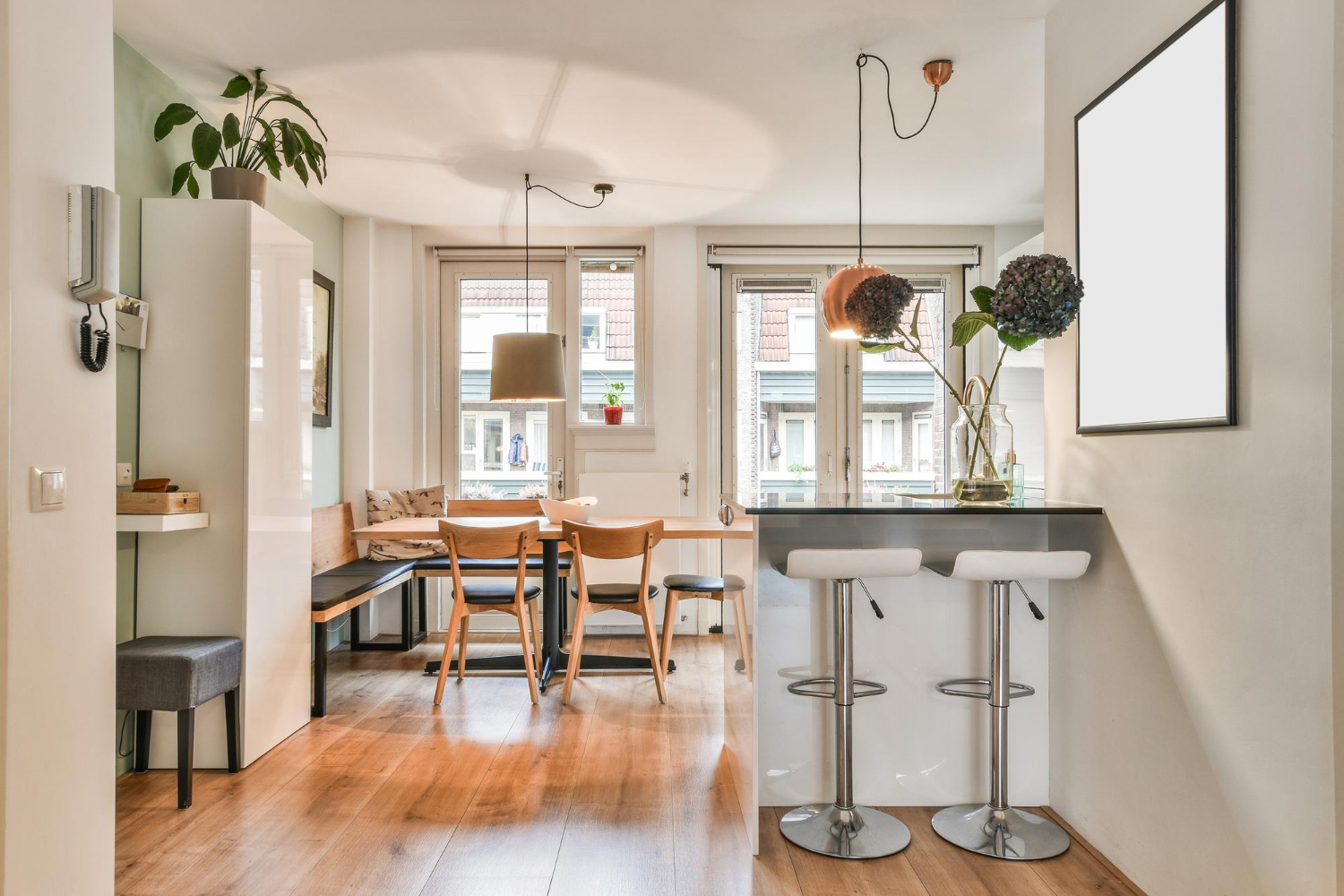Open plan layouts have become increasingly popular in residential and commercial designs due to the airy, spacious feel they provide. However, it’s not uncommon for people to make mistakes when implementing this type of layout. To make the most out of open-plan designs, here are some common errors along with tips on how to avoid them.
1. Lack of Defining Areas
One of the most frequent mistakes in open-plan layouts is the lack of defined spaces. Unorganised open spaces can end up feeling chaotic rather than welcoming.
- How to Avoid It: Use furniture arrangements and strategic placement of decor to create designated sections within the larger open space. For instance, a large rug can signify a living area, while a breakfast bar can create a natural divide between the kitchen and dining area.
2. Inadequate Lighting
When you have a large open-plan living space, handling light can become a challenge. It’s easy to under or over-estimate the lighting requirements, leading to poor illumination or harsh glares.
- How to Avoid It: Utilise layers of light. Combine general, task, and accent lighting to cater for different functions within the space. For example, use pendant lights over the kitchen island, table lamps for reading areas, and decorative lights to highlight art pieces.
3. Noisy Environments
More open spaces tend to carry more noise, as sound has fewer surfaces to absorb and more space to bounce off.
- How to Avoid It: Consider using soft finishings, such as rugs and curtains, that help absorb noise. Also, diversified furniture arrangements, rather than homogenous ones, helps fragment sound, creating less echo.
4. Lack of Coherence
An open-plan layout calls for a certain level of continuity between spaces. Frequent mistakes involve mixing too many colours and styles, which can make the area appear disjointed.
- How to Avoid It: Stick with a consistent colour palette and design theme throughout the space. If you prefer varying styles, make sure there is at least one common element that ties them together, like a repeating colour or material.
5. Overcrowding the Space
Another common mistake is the instinct to fill each square inch of the space. Crowding the space with furniture and decor can quickly make it feel cramped, negating the sense of openness.
- How to Avoid It: Embrace visual space. Remember, the elements you leave out are as important as those you put in. Balance is key, with enough furniture to function well but enough free space to maintain an open feel.
6. Lack of Privacy
While openness is appealing, total exposure can sometimes make people feel too vulnerable or exposed.
- How to Avoid It: Create ‘privacy pockets’ within the space. High-back chairs, strategically placed bookshelves, or even folding screens can create an impression of seclusion when needed without sacrificing the overall open feel.
In conclusion, while open-plan layouts can present unique challenges, by recognising and steering clear of potential pitfalls, you can create an inviting, functional, and aesthetically pleasing space. Keep these tips handy when you plan your open layout, and enjoy the freedom and flow of well-designed open spaces.



